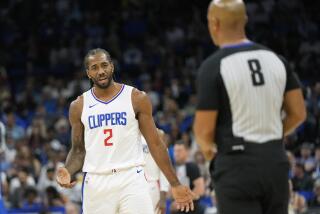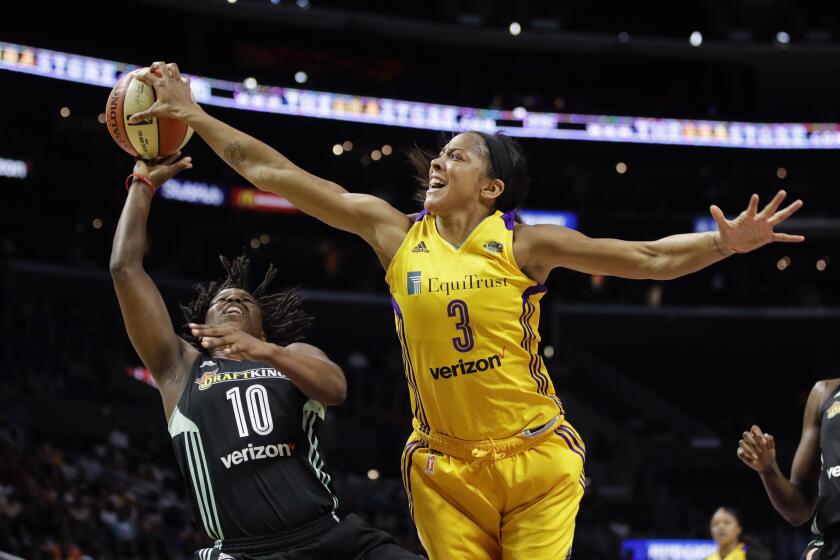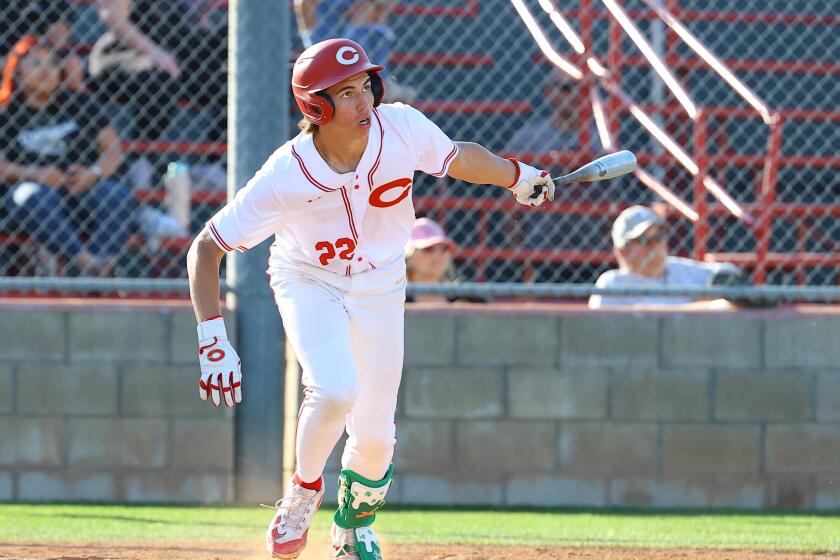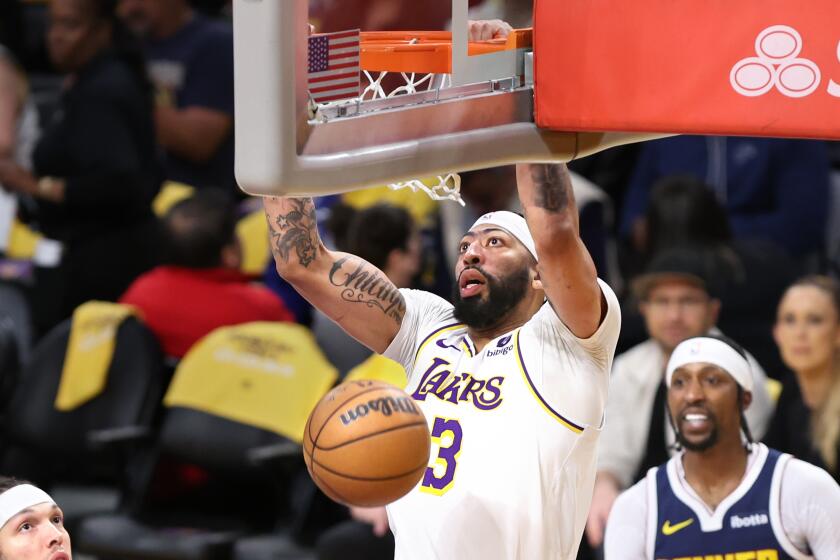Jordan used political skills to help tennis
When politics was saying goodbye last week to Hamilton Jordan, so was tennis.
Jordan died at 63 after a long battle with cancer, and his obituaries correctly dwelt on the career of a man who, in his early 30s, designed the strategy that got Jimmy Carter elected president in 1976. By 35, the controversial, complicated Jordan was Carter’s chief of staff.
After Carter left the presidency, Jordan eventually found his way into tennis. Sadly, few of those who play the game today and reap its lucrative benefits know who he was, or what he did.
Which was, to change the course of the game.
In the late 1980s, men’s professional tennis was disparate and disjointed. The four Grand Slam events ruled, as they do today. But then, they did so with much more arrogance and disdain for their product, the players.
The ruling group was called the Men’s Tennis Council, and it was split into thirds -- a third each to the Grand Slams, tournament directors and players. It basically made an annual schedule that led into the Slams. Tournament directors had no equity in their events, just a date. And the players, without whom there was no game, had a 33% say, or 17% less than they said they wanted.
In 1987, the decision was made to seek outside help. In charge of the search was Raymond Moore, then head of the Men’s Tennis Council and now one of the owners and directors of the prestigious Indian Wells tour stop in March.
“I was interviewing people with [former player] Harold Solomon, and we had five candidates, all qualified,” Moore said. “Then Hamilton Jordan came in. We met at the old Hyatt Grand Champions [in Indian Wells].
“We got an education 101. He blew us away. He had studied the sport, and came in with charts and graphs about players and movements. We had found a guy who could really strategize.”
Among those Jordan hired in his new role of executive director of the Assn. of Tennis Professionals, which was to become the initials-only ATP Tour, was a marketing manager from Adidas, J. Wayne Richmond. Richmond says he has met few like him.
“He came along at a time when tennis needed somebody to shake things up,” Richmond said.
As analytical as he was, Hamilton also had a short fuse, and it blew about a year after he took the tennis job.
At Wimbledon in 1988, Hamilton, Moore, Richmond and others met with Grand Slam tournament officials. Moore ran the meeting and discussed bettering the state of players and non-Slam tournaments. Soon, Philippe Chartrier, president of the French Federation that runs the French Open, spoke and suggested, cynically, that the meeting was mostly a device to squeeze more money out of the Slams.
“Hamilton listened to this, handed me a note and walked out,” Richmond said. “His note said to tell them [the Grand Slam executives] that he was leaving and not coming back.”
He gave a similar note to Moore, who ended the proceedings. A sleeping giant had been awakened.
Several months later, just before the U.S. Open in New York City, Jordan asked for a meeting of the top players in the game. It was time for the ATP to create its own tour, as Moore had been advocating for several years. The players were now going to hear a plan for what they wished for, what they hired Jordan to do.
“I’ll never forget it,” Richmond said. “He was nervous that they wouldn’t show up, but one by one, they filtered in -- [Yannick] Noah, [Mats] Wilander, [Boris] Becker, [Tim] Mayotte, [John] McEnroe.
“Then, right after we got started, in walked this kid with long hair. He plopped down in a seat and opened his bag of Taco Bell. [Andre] Agassi.”
Jordan made his pitch, Noah was the most vocal in backing him, and each player was asked to sign a document that said, in essence, that the players, through their elected officials, would run their own affairs. The ATP Tour, as it is currently constituted, was born.
The sheet was passed around, all signed, Richmond collected it, and to his horror, saw that all had signed in pencil.
“Here we had what amounted to a declaration of independence, an historic document for the sport,” Richmond said, “and it’s in pencil. But Hamilton was just happy to get the signatures and didn’t press it.”
A week later, things got even more interesting. Jordan wanted to make the announcement of the new players’ plan during the U.S. Open. He asked to use one of the news conference rooms at the U.S. Tennis Center, but when USTA officials heard what would be announced, they declined. So Jordan did it in the parking lot.
“It was pure genius,” Richmond said. “If we’d held it in one of the press rooms in the middle of the tournament, there would have been six reporters showing up.
“But putting it in a parking lot outside the main gate of the U.S. Open, with the former chief of staff of the United States standing there, and the top players in the world standing behind him, meant everybody had to be there to see it.”
To generate funds for his new tour, Jordan cut a marketing deal with IMG worth $54 million. He also got a $25,000 application fee from tournaments that wanted to be on the schedule starting in 1990. More than 125 tournaments applied. Now the players had a say in their own game and the tournaments had equity in theirs.
“He built it out of almost nothing,” Richmond said. “We were at a point where the Slams could have crushed us, taken us over. He saved that.”
A couple of years later, Jordan was gone. He had climbed the tennis mountain. Taller ones remained. Plus, a battle with cancer was ahead.
“We were easy for him,” Moore said. “If he could take a peanut farmer and make him president of the United States, tennis was putty in his hands.”
--
Bill Dwyre can be reached at bill.dwyre@latimes.com. To read previous columns by Dwyre, go to latimes.com/dwyre.
More to Read
Get our high school sports newsletter
Prep Rally is devoted to the SoCal high school sports experience, bringing you scores, stories and a behind-the-scenes look at what makes prep sports so popular.
You may occasionally receive promotional content from the Los Angeles Times.







